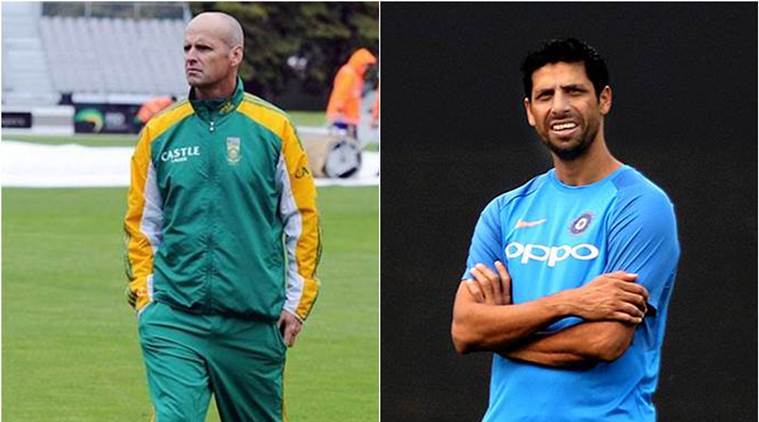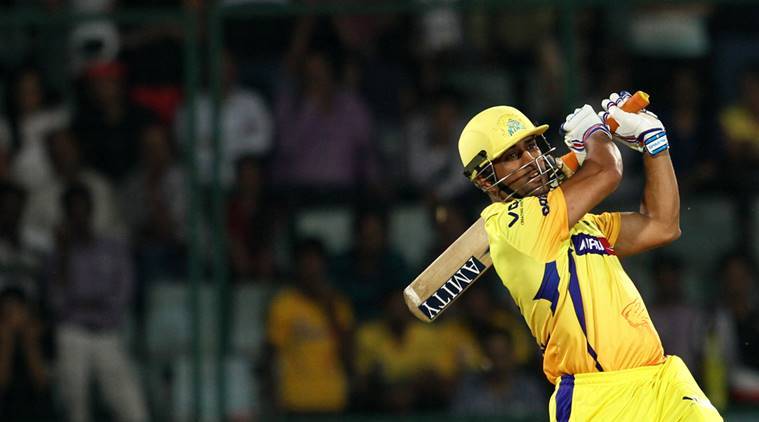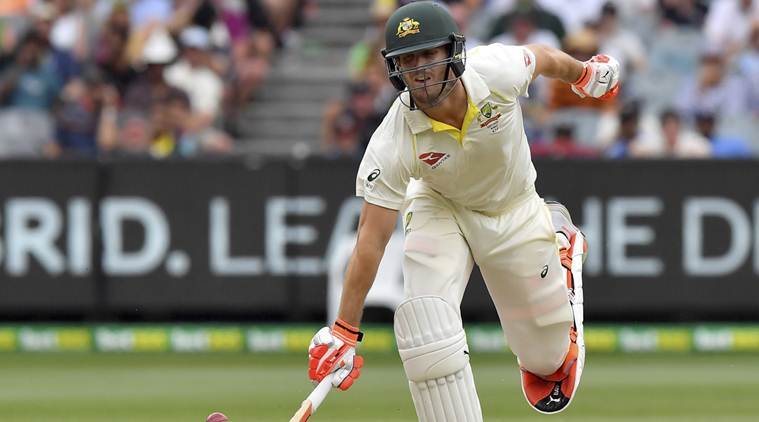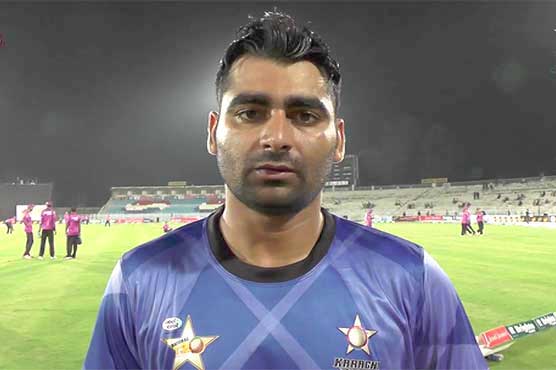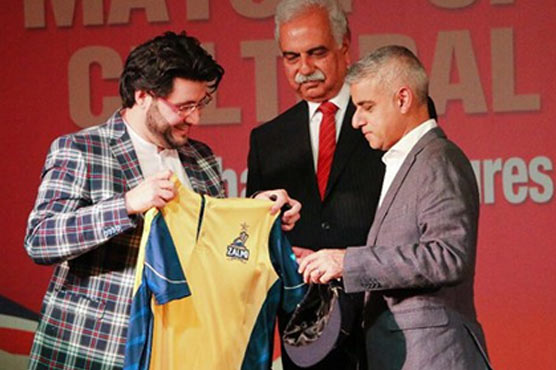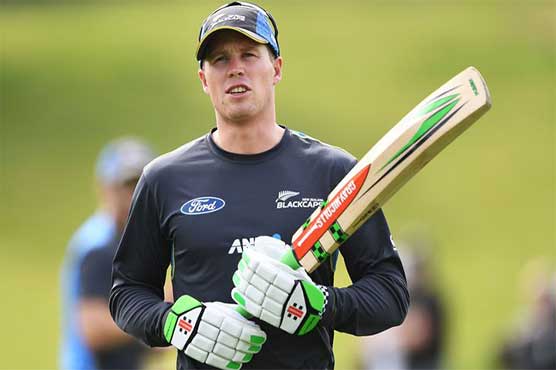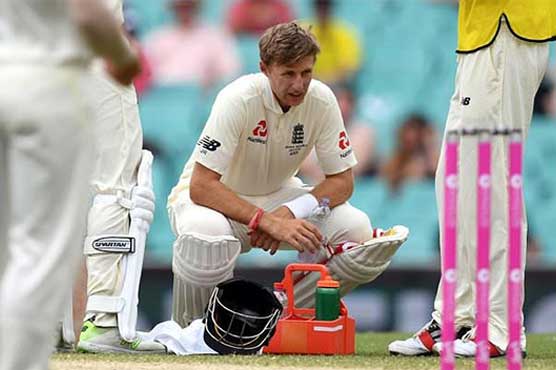The bouncer debate kindled at the Ashes reached a wider forum of the cricketing fraternity as India and South Africa traded blows with a meticulously curated short-ball ploy against each other's lower orders. Both Cheteshwar Pujara and Kagiso Rabada, who addressed the media after the second day's play in Cape Town, opined that the bouncer was a legitimate way of intimidating and dismissing of tail-ended batsmen, despite recent calls from former cricketers to protect tailenders from bodyline bowling.
The issue was first brought up during the MCG Test by former England captain Michael Atherton, who drew attention to Law 41.6.1 of cricket pertaining to dangerous bowling. The law says bowling should be considered dangerous if the "speed, length, height and direction" of deliveries could cause bodily harm to the batsman. Atherton expressed his dismay after England's No.11 James Anderson received six short balls in a seven-ball innings in the Boxing Day Test, after being hit on the helmet off his first delivery.
"Test cricket or not, the Law and the playing conditions are there to protect batsmen incapable of protecting themselves," Atherton wrote in his column for The Times. "No one wants to see the game sanitised, but the Law is there for a reason. The umpires should make use of it."
Atherton's reaction naturally split the cricket fraternity, still coming to terms with the events of November 2014 when Phillip Hughes succumbed to a bouncer in a Shield match. Mitchell Johnson, who unleashed his terror through short-pitched bowling in the 2013-14 Ashes at home, said he didn't see any issues with it and urged England's lower-order to buck up than worry about seeking comfort in the laws.
The ongoing New Year's Test in Cape Town, too, has been replete with short-pitched bowling, with India in particular using that ploy in the third session on Day 1 against a wagging South African tail. South Africa returned the favour with Morne Morkel, and later Rabada, bowling around the wicket with a catching gully, a fine leg and a sweeper in front of square.
Rabada said it was just a tactic to dismiss the tailenders, who are generally not good against the short ball. "Ya, I think the golden days are gone where there were fast bowlers' truce," he said. "I don't know if it would be introduced again. But obviously tail-enders (are) not good at short ball and it is a just a tactic to get them out. Sometimes, there could be a blood for you but it is just a tactic. Well you have to expect it and go out and face the music and you gonna dish it out."
Pujara went as far to state that any cricketer playing at the international level should expect to be peppered with bouncers and prepare for it, without any complaints. "I think if you are playing at the international level, nowadays the tail-enders should be ready to expect bouncers. I think there are no complaints if it is any team. I wouldn't say that fast bowlers shouldn't be bowling bouncers to tailenders. I think if you are playing at international level you need to expect bouncers and prepare for it.
"I wouldn't say technically they are very much in the game. That's why they are tail-enders. If they were good technically they might be batting up the order. But somehow they need to find a way to play bouncers," said Pujara.


